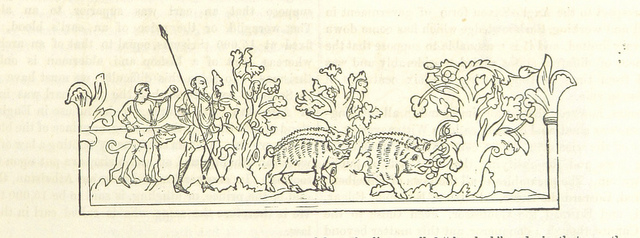
I’ve been reading a lot of historical fiction lately. I’ve been enjoying it, returning to it regularly, with the same urgency I often feel about certain history and biography books I read.
I am indeed an adult who deals with her problems, but at the same time, I’m also quite prone to escapism. Lately I’ve been feeling a bit fatalistic about the state of the world and the direction it’s heading in. One way I can tell that is the sort of books and articles I gravitate towards.
There’s a theory I read once, that skirt hemlines get shorter the stronger the economy is. I notice a similar indicator with me and my opinion of the world: when things seem extra grim to me, my propensity to read history, biography – and, now, historical fiction – grows.
It’s comforting to reach back into history in periods like this. The finality of it. It may be true that what we know as ‘history’ is merely the record of those who won, but in a world that can make you feel helpless, there’s something almost soothing about studying something you cannot change or influence in any way.
